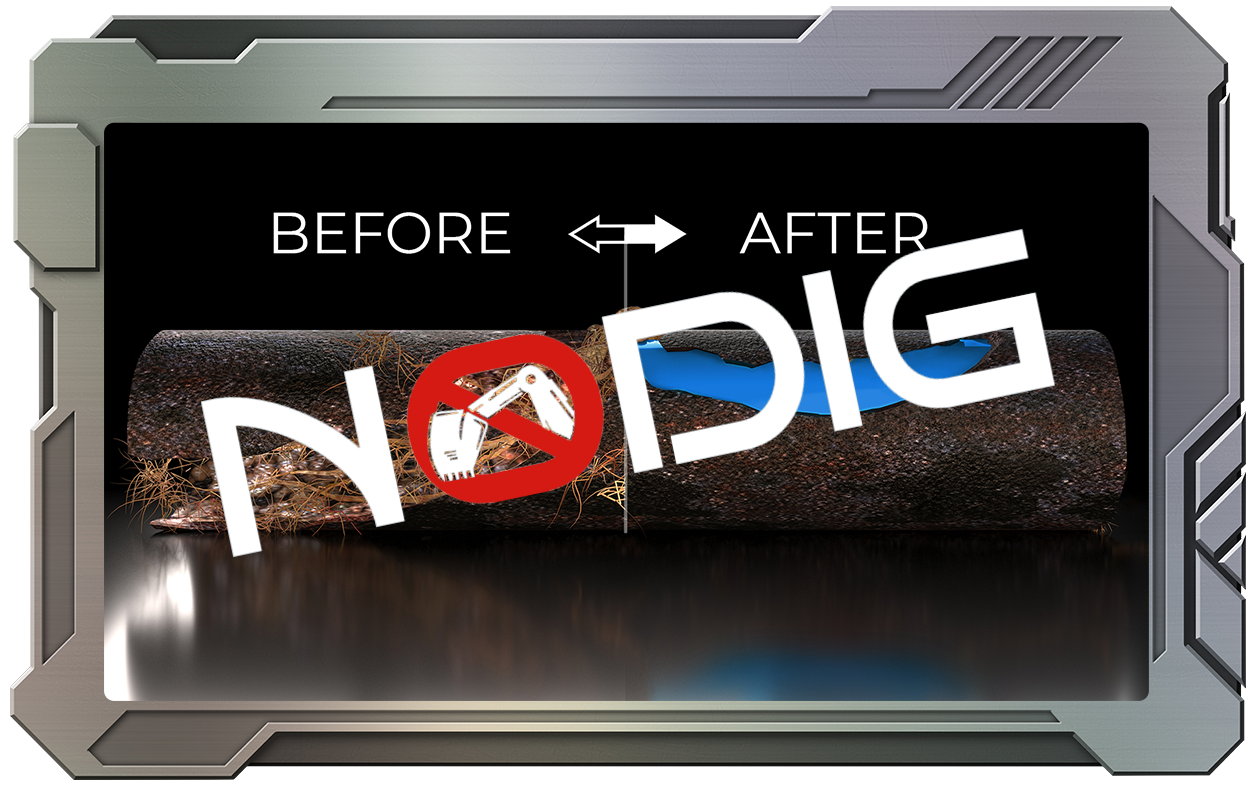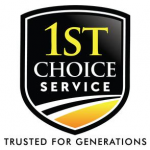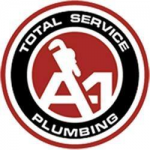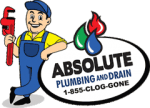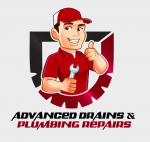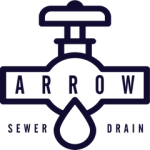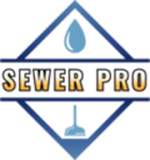The trenchless sewer repair method has been leading the way when it comes to minimally-invasive repair options for sewer lines because it doesn't require digging or excavation.
It's the preferred sewer repair option for most because of its cost-effectiveness, convenience, and minimal environmental footprint!
However, there are also some negatives to consider regarding trenchless repair methods.
To help you weigh things out before your next repair schedule, here are some of the most important trenchless sewer repair pros and cons you need to know.
Pros of Trenchless Sewer Repair
Trenchless sewer line methods offer a slew of advantages when appropriately executed by skilled professionals. Here are some of their most notable benefits:
1. More Cost-Effective
Trenchless sewer repair is more cost-effective than traditional methods because deep excavations require a greater amount of human and machine resources.
You save money in the long run by reducing the need for prolonged construction and sewerage operations!
The cost dramatically decreases because of how quick and efficient the process is. The cost per linear foot for trenchless sewer repairs is $60 to $200 compared to $50 to $250 for traditional methods.
2. Less Property Damage
Since trenchless sewer repair is minimally-invasive, it doesn't require breaking existing walls or digging big holes in your lawn or driveway to install a new pipe.
You only need two surface access points for your equipment to go through. This goes for repair processes such as pipe bursting and cured-in-place pipe lining.
Such changes will not drastically alter the landscape of your home or office.
3. Less Digging Required
As mentioned earlier, trenchless sewer repair doesn't require excessive digging or other methods that can affect an environment's quality or soil composition.
You can replace an old pipe without digging a new trench line!
4. Faster to Complete
With modern trenchless technology needing fewer steps to complete, trenchless sewer replacement or repair of a new pipe can be done in a few hours to two days at most.
Compared to conventional methods, where time spent backfilling soil after digging and installing a new pipe can take WEEKS of pipe rehabilitation, your trenchless work would already be done.
5. Lower Disruption of Daily Life
Trenchless sewer replacement and repair is faster than a traditional method when addressing sewer contamination from the main sewer line.
They allow you to keep your plumbing from reaching the worst-case scenario without creating excess noise and air pollution.
This means doing efficient repair work that doesn't negatively impact the surrounding area's business, natural, or personal living situations!
6. Quicker Than Traditional Methods
The trenchless process is undoubtedly quicker than traditional trenching. Here's how they compare:
- Trenchless techniques use non-invasive high-tech equipment and other utilities | The traditional method uses backhoes and excavators to break ground.
- Trenchless can get sewer lines rehabilitated in a few hours | The traditional method takes a few weeks.
Cons of Trenchless Sewer Repair
With the advantages of trenchless repairs come the disadvantages. Here are some cons of trenchless sewer replacement and repair:
1. Requires Technicians with Expertise in Sewer Repair
This method requires expert plumbers with licenses, certifications, and accreditations. They need to have studied and practiced the trenchless sewer replacement process for it to work.
This is because trenchless methods use the following pieces of specialized equipment:
- Video cameras for inspections
- Hydraulic pumps for the pipe bursting method
- Water jetting equipment for unclogging sewer lines and increasing flow capacity
2. Requires Special Permits and Building Codes
In the United States, you will need to apply for special permits and building codes in your State or area before starting the trenchless repair of sewer pipes.
These permits are needed to ensure sanitary sewer lines and prevent future problems with city landscapes. Here are some processes authorized personnel look out for:
- Inspection of the area where professionals will execute the trenchless repair or replacement of sewer pipes
- Assessment of construction materials, company permits, and other essentials
3. Not Always the Appropriate Choice
Unfortunately, trenchless technology for sewer line repairs is not always the appropriate choice because it's not useable in the following conditions:
- An irreversibly damaged sewer pipe or a collapsed pipe
- Areas with massive tree root invasions
- A damaged pipe with many bends and curves
- A closed property without existing access points or space for long tubes
Trenchless Sewer Repair: A Brief Overview
The best way to help you weigh out your choice to use sewer line repair, aside from knowing the pros and cons, is to present a brief overview of what a trenchless method is all about.
A trenchless repair method is a process contrary to an open-cut approach, as it doesn't demand the following:
- No need for an extensive dig solution to remedy extremely fragile pipes
- Will not ruin expensive landscaping jobs when going underground
- It doesn't require the burrowing of stable soil
The man behind the method that redefined sewer line repairs is Eric Wood.
Wood was an agricultural engineer who was approached by a friend to solve sewer system problems, and he did!
Thousands of people worldwide now prefer this method over intrusive traditional pipe system repairs.
QUICK TIP: You can always read our main article on trenchless sewer repair for a more in-depth take on what this method offers if you're looking to repair or replace old pipes.
The Types of Trenchless Sewer Repair Methods
Trenchless repair is an umbrella term for the different trenchless processes.
In this section, we'll learn the different trenchless methods and their pros and cons:
Cured-in-Place Pipe Lining
Cured-in-place pipe lining, also known as CIPP, is a trenchless method where the main courses of action are inflation and insertion of a flexible liner through hydro jetting.
Usually, this pipe lining method is used for short and long structural pipe lining that doesn't require upsizing. The process involves these steps:
- Cleaning the surroundings of the old pipe
- Using a vacuum to flush out waste inside the old pipe
- Establishing the system that will be used when rerouting water
- Inserting, inflating, and curing the flexible liner
After this, a camera inspection will be performed by experienced plumbers to ensure that all pipe repairs are stable.
Pros
- Minimal damage to property
- Precise curing of the old pipe to resist corrosion
- Faster curing time
Cons
- Curing can create annular space
Spray Lining and Brush Coating
In spray lining or brush coating, a polymer resin is applied inside the damaged pipe to protect the fragile existing pipe and address significant concerns.
This process is necessary for a pipe system with at most two-inch branch lines with small cracks and holes.
Here is how this process is done:
- Video inspection of the sewer pipe
- Preparing the pipes by cleaning out debris and wastes
- Drying of pipes
- Spraying of non-toxic polymer resin
- The 4-hour resin curing period
Pros
- Efficient for small pipes as the equipment can easily be inserted
- Strengthens internal properties of an existing pipe
Cons
- Thinner polymer resin is prone to damage
Pipe Bursting
"Pipe bursting" speaks for itself, as it mainly includes the breaking and expansion of an old pipe.
In pipe bursting, a bursting head will insert flexible polymer, high-density polyethylene, or HDPE replacement pipes into the older ones. The head will enter and exit through two pits or access points.
Pros
- Useable with any pipe size
- Used even with fragile, extremely damaged, or slightly damaged pipes
- It helps increase the pipe lining's diameter
Cons
- The pipe bursting cost is often higher than conventional methods
Slip Lining
Slip lining is the method wherein subordinate pipe lining or an epoxy-impregnated liner is added inside the host pipe.
Similar to the other methods, it also entails digging into two access points. Its pipe liners are more advantageous over cast iron pipes as they reinforce the structural integrity of the latter.
Pros
- Proper grouting perfects the integrity of the structure
- Quickly done with an uncomplicated process
Cons
- Without expert plumbers, grouting may be detrimental to the structure
Final Verdict: Is Trenchless Sewer Line Repair Worth It?
So, is trenchless sewer line repair worth it? This method is definitely worth considering because of the following reasons:
- It's a cost-efficient method that saves time by enabling quicker repairs. You can replace pipes within a few hours or days
- It's a minimally-invasive method that doesn't require digging extensive and damaging trenches
- It's a convenient method that doesn't damage property, soil, or other landscapes
Final Words
With all that has been said in this article, one thing is clear: trenchless sewer line repairs are worth trying with the help of experienced and expert plumbers.
When deciding on your future sewer system repairs, always refer to the trenchless sewer pros and cons listed in this article to make the best decision possible!
It's great to be listed on NoDig
-
Join a network of verified sewer repair specialists
-
Get recognized
-
Update your business information
Unlock your listing in minutes.
